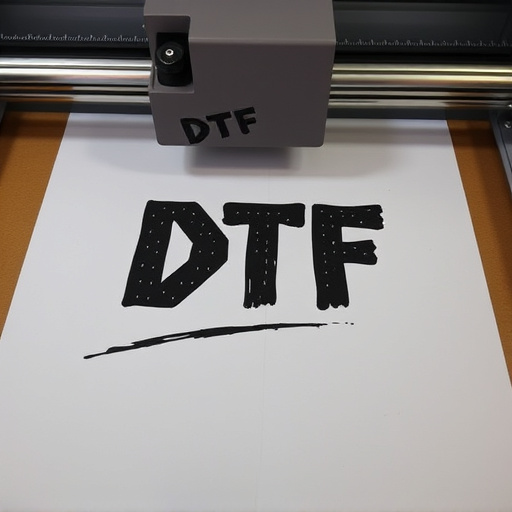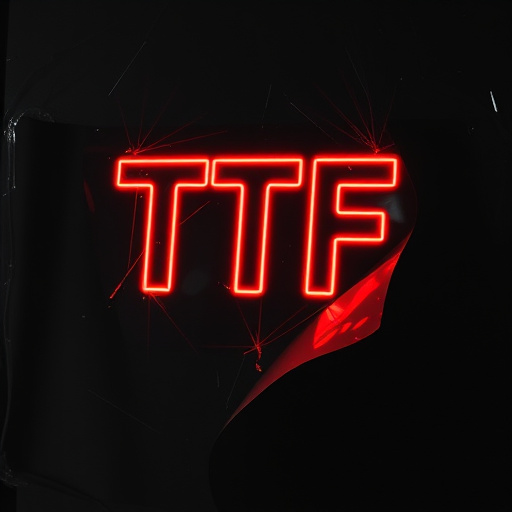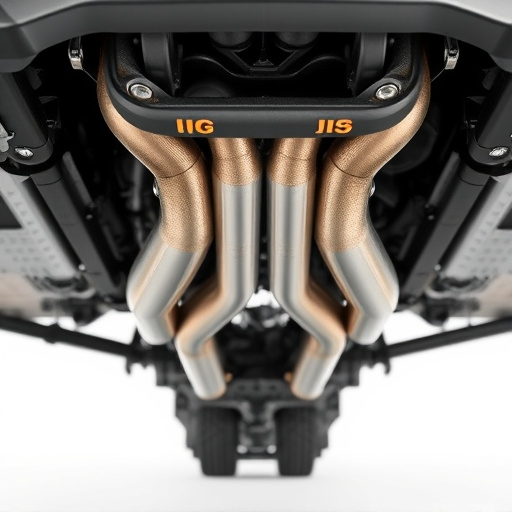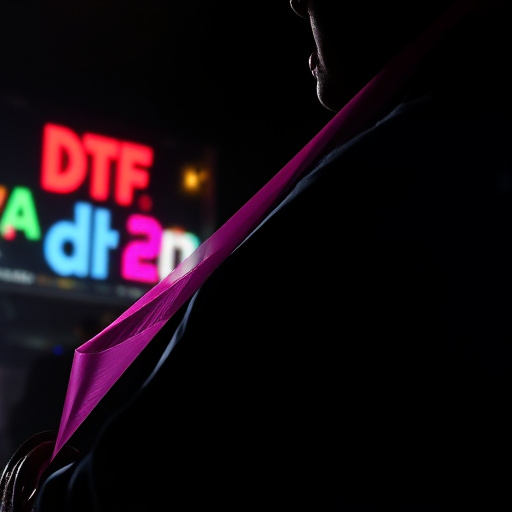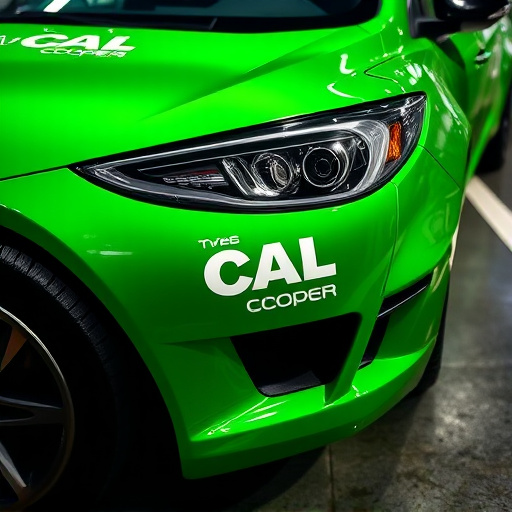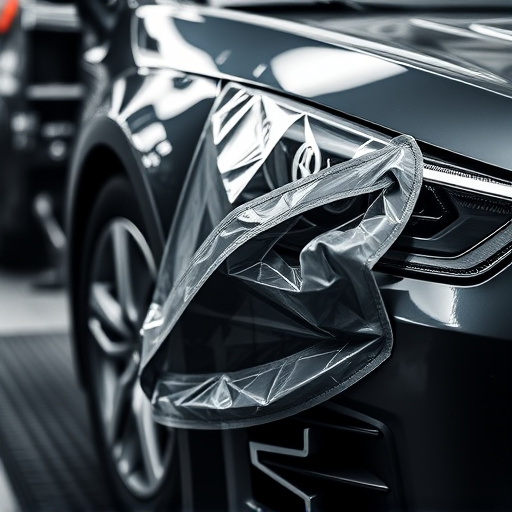Warranty protection is a critical aspect of vehicle and tech ownership, offering financial safeguard for unanticipated repairs or replacements within a defined period. Post-expiration, owners face potential financial strain and increased vulnerability to exploitative business practices. Options include extended warranties from manufacturers or third parties, which cover emerging technologies like UV protective vehicle wraps, providing peace of mind. Alternatively, setting aside maintenance funds allows proactive issue resolution, enhancing product longevity and maximizing investment value.
Warranty protection is a crucial safety net for consumers, ensuring peace of mind and coverage against product defects. However, all warranties have an expiry date. This article delves into the implications of letting warranty protection expire, exploring the consequences and options available to consumers. Understanding these key aspects is essential for making informed decisions, especially when it comes to maintaining the performance and reliability of your products post-warranty.
- Understanding Warranty Protection and Its Expiry
- Consequences of Letting Warranty Protection Expire
- Options and Considerations After Warranty Expiry
Understanding Warranty Protection and Its Expiry

Warranty protection is a crucial aspect of vehicle ownership, offering peace of mind and financial security for unforeseen repairs or replacements. It’s essentially a contract between the manufacturer and the buyer, guaranteeing the quality and performance of specific components for a set period. Understanding when and how warranty protection expires is essential for every car owner.
When a warranty expires, it means that the manufacturer’s responsibility for covering the cost of eligible repairs ends. For instance, in the case of ceramic window tinting or other vehicle customization additions, owners might find themselves responsible for any issues arising from these modifications after the warranty period. While some manufacturers offer extended warranty packages, not all costs are covered, and owners should be aware of the specific terms and conditions before agreeing to such plans.
Consequences of Letting Warranty Protection Expire

When warranty protection expires, several consequences can arise, leaving consumers at a disadvantage. One of the primary issues is that many manufacturers offer limited repair or replacement services after the warranty period ends, which can result in significant financial burdens for individuals who rely on their products to function properly. Without active warranty coverage, users might have to pay for repairs out of pocket, especially for specialized equipment or high-value items like smartphones and computers.
Additionally, without warranty protection, consumers are more vulnerable to unfair business practices. Some companies may charge excessive fees for service calls or replacement parts, taking advantage of customers who lack other options. This is particularly relevant in the case of technological advancements, such as UV protection in window tinting or ceramic protective coatings on vehicles, where specialized services might not be covered under standard warranties anymore.
Options and Considerations After Warranty Expiry

After warranty protection expires, several options and considerations come into play for consumers. One common path is to opt for extended warranty plans offered by manufacturers or third-party providers. These plans typically cover repairs or replacements beyond the original warranty period, providing peace of mind, especially for pricier items. For instance, in the case of vehicle wraps, which require significant investment and meticulous maintenance, an extended warranty can safeguard against unexpected costs associated with UV protection and ensuring high-quality finishes remain intact.
Additionally, consumers might choose to self-manage maintenance and repairs by setting aside funds for regular servicing. This proactive approach ensures that any issues are addressed promptly, preventing small problems from escalating into costly repairs. Regular maintenance also contributes to the longevity of products, be it a car with UV protection or any other item, thus maximizing the value of the investment over time.
When warranty protection expires, it’s crucial to be aware of the potential consequences. Without active coverage, consumers face the risk of unexpected repair costs and device failures. However, this also presents an opportunity to explore extended service plans or budget for future maintenance. By understanding your options post-expiry, you can make informed decisions to continue protecting your investments effectively. Remember, staying proactive about warranty considerations ensures peace of mind and financial security in the long run.



